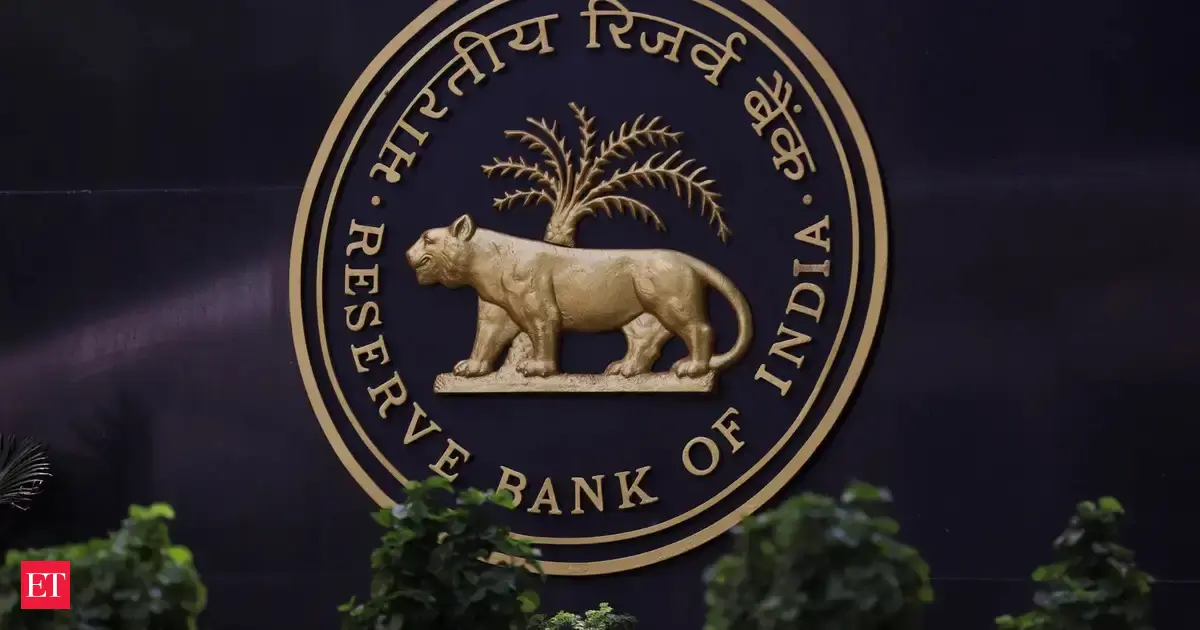By Saloni Shukla
Copyright indiatimes

ReutersReserve Bank of India (RBI)
In a move aimed at boosting credit flow to commercial sectors of the economy, the Reserve Bank of India (RBI) has unveiled sweeping reforms, proposing to allow banks to extend acquisition finance and easing risk weights on loans to non-banking financial companies (NBFCs) for operational infrastructure projects, as well as to MSMEs and the residential real estate sector, including home loans.The biggest boost comes from the proposal to permit banks to fund acquisitions, a long-standing demand from Indian lenders. Currently, only NBFCs and offshore branches of foreign banks are permitted to provide acquisition financing to Indian corporates, while domestic banks are prohibited from lending for share purchases. Such transactions have also been financed by private equity firms and private credit providers.“Most of the measures have been well thought out and calibrated,” said M Rajeshwar Rao, deputy governor, RBI. “The banking system’s ability to handle risks has improved over the period, so there are adequate provisions. Most of the measures have enough guardrails built into them to safeguard the interests of banks and the financial system.”The RBI has also decided to scrap the Enhancing Credit Supply for Large Borrowers through Market Mechanism guidelines, introduced in August 2016. The guidelines will be withdrawn from April 1, 2026. These guidelines were aimed at reducing concentration risk from the banking system’s collective exposure of Rs 10,000 crore or more to a single corporate borrower and nudging large corporates toward alternative funding sources such as the bond market.The regulator clarified that the existing Large Exposure Framework will continue to address such risks at the individual bank level.Live EventsExplaining the rationale, RBI Governor Sanjay Malhotra said the proposals reflect a more mature financial ecosystem. “Circumstances change, times change, requirements change and so nothing should be frozen in time,” he said. “The share of corporates in overall banking system exposure has come down by over 10 percent. The risks are not so many, and that is the primary reason why we have proposed to remove this framework. We will ensure that wherever prudential measures are required, they are not compromised.”To better align infrastructure lending with actual project risks, the RBI also announced a principle-based framework for NBFCs, aimed at enabling more precise risk assessment and efficient capital allocation in the infrastructure space.In addition, the central bank will release a draft circular on standardising the approach to credit risk. The framework will propose lowering risk weights on select segments, which is expected to reduce overall capital requirements, particularly for MSMEs and the residential real estate sector, including housing loans.Add as a Reliable and Trusted News Source Add Now!
(You can now subscribe to our Economic Times WhatsApp channel)
Read More News onRBIcredit flowcommercial sectorsloansNBFCsReserve Bank of Indialarge exposure frameworksanjay malhotraRisk AssessmentEquity
(Catch all the Business News, Breaking News, Budget 2025 Events and Latest News Updates on The Economic Times.) Subscribe to The Economic Times Prime and read the ET ePaper online….moreless
(You can now subscribe to our Economic Times WhatsApp channel)Read More News onRBIcredit flowcommercial sectorsloansNBFCsReserve Bank of Indialarge exposure frameworksanjay malhotraRisk AssessmentEquity(Catch all the Business News, Breaking News, Budget 2025 Events and Latest News Updates on The Economic Times.) Subscribe to The Economic Times Prime and read the ET ePaper online….moreless



